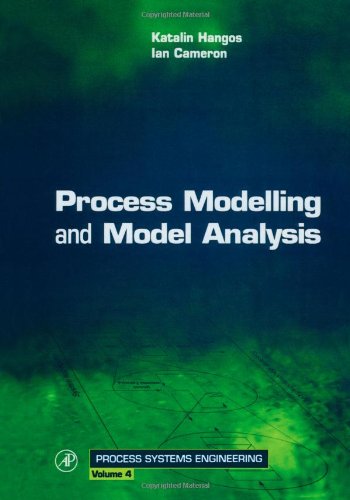Process Modelling and Model Analysis book
Par weitz cassandra le mercredi, août 12 2015, 21:56 - Lien permanent
Process Modelling and Model Analysis. George Stephanopoulos, Ian T. Cameron, John Perkins, Katalin Hangos

Process.Modelling.and.Model.Analysis.pdf
ISBN: 0121569314,9780121569310 | 561 pages | 15 Mb

Process Modelling and Model Analysis George Stephanopoulos, Ian T. Cameron, John Perkins, Katalin Hangos
Publisher: Academic Press
To answer this question, a model is introduced for treating directed interactions as a multivariate point process: a Cox multiplicative intensity model using covariates that depend on the history of the process. Understanding the Software development life cycle. The analysis gives a precise quantification of which static shared traits and dynamic network effects are predictive of message recipient selection. Consistency and asymptotic normality are proved for the resulting sending behavior in a corporate e-mail network. Without this vital information all analysis will be based on assumptions that may not have any empirical value. Process modeling is one of the key aspects of process systems engineering. Analysis of applications and databases should not normally occur until at least conceptual modelling. Understanding and capturing business needs. The Architecture of Information Systems group is doing research in the area of process modeling and analysis. The practice of using Process Modelling to model all of the activities was introduced when Business Process Engineering (BPM) was in the ascendancy. Markov random field (MRF) theory provides a basis for modeling contextual constraints in visual processing and interpretation. Follow the steps described below to build an enterprise level process model. So capturing the existing “as is” or “current state” process is an important first step in Business Process Modeling. Disaster risk management (DRM) has been defined as “a systematic process that produces a range of measures associated with hazard non-quantified modeling as applied to threat assessments and strategy analysis. It seems to me that business analysis has to be concerned with what affects the business. Dynamic simulation provides a very accurate and quantitative understanding of highly complex and highly integrated plants in order to analyze their operability predict the dynamic behavior of the real system before the capital is committed to a project. Many business process modeling techniques have been proposed over the last decades, creating a demand for theory to assist in the comparison and evaluation of these techniques. It is a significant activity in most major companies around the world, driven by applications such as process optimization, design, and control.